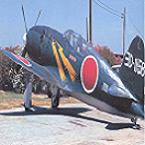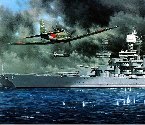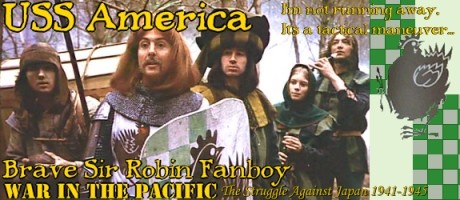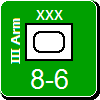LargeSlowTarget
Posts: 4443
Joined: 9/23/2000
From: Hessen, Germany - now living in France
Status: offline

|
quote:
ORIGINAL: Long Lance
My City of Birth is Wetzlar, a small town (50 k inhabitants with suburbs) with remarkably lots of industry. The famous Leica Camera was invented there. During WWII, roundabout 2/3 of the Axles for german Tanks were produced there (Röchling-Werke). HI perhaps 60? Hills, Railroad. Port 0. AF 1. Oil 0. Res perhaps 100 (iron ore).
Edit: Perhaps i should also tell you that Wetzlar is in Germany. 60 kms NW of Frankfurt
Erbarmen! Zu spät - die Hesse komme! 
My birthplace is Marburg, about 50 km north-north-east of Wetzlar.
Rural/hills, Railroad, Port 0, AF 3 (I know of a bomber strip at a village nearby that was used to attack France in 1940).
Manpower 2, Oil 0, Ressources maybe 30 (food, gravel), HI at least 300 - nearby town of Stadtallendorf hosted two huge ordnance factories (said to be the biggest ammo and explosive plants in Europe during the war).
quote:
ORIGINAL: wwengr
I have been in Germany a number of times, but it was only this past October that I really gained an appreciation of the destruction of the war. I was in a small town outside of Darmstadt (Modau) and in Oberstdorf and spent a lot of time learning the history and Geography of the area from my son's host family. Even Darmstadt, which is not that large of a City suffered tens of thousands of casualties ina fire-bombing.
The discussion stemmed from me expressing my appreciation for German Urban and Industrial Architecture and how many of the cities look so modern as a result.
Small world - I have studied History at Darmstadt. The town was selected in September 1944 as a target for the first test of a new bombing tactic (fanning-out of the bomber stream over the target) - simply because it had been spared heavy destruction up to then (being a small 'big city' of just above 100.000 inhabitants and lacking any important industries) and because there were few bigger cities worth bombing left.
The goal of the new tactic was to optimize area bombing in order to create a fire storm - it is said that the same tactic was later used at Dresden. About 230 Lancasters and a dozen Mosquitos made a concentrated attack (less than 30 minutes) on the inner city, creating a fire storm which destroyed 99% of the inner city and 78% of all city structures. About 12.000 people died, ten-thousands more were injured and 66.000 people lost their homes - out of a population of 110.000 inhabitants. 20% of the victims were children under 16. It is regarded as one of the worst examples of 'terror bombing' directed against the civilian population and not at military targets.
Because of this, Darmstadt and most other German cities of certain size may now look modern, but many sad decisions have been made during reconstruction and most cities can hardly be called 'pretty' - reinforced concrete rules... 
Sorry, this has been quite OT...
< Message edited by LargeSlowTarget -- 1/22/2009 12:05:05 AM >
_____________________________
|
 Printable Version
Printable Version






































 New Messages
New Messages No New Messages
No New Messages Hot Topic w/ New Messages
Hot Topic w/ New Messages Hot Topic w/o New Messages
Hot Topic w/o New Messages Locked w/ New Messages
Locked w/ New Messages Locked w/o New Messages
Locked w/o New Messages Post New Thread
Post New Thread